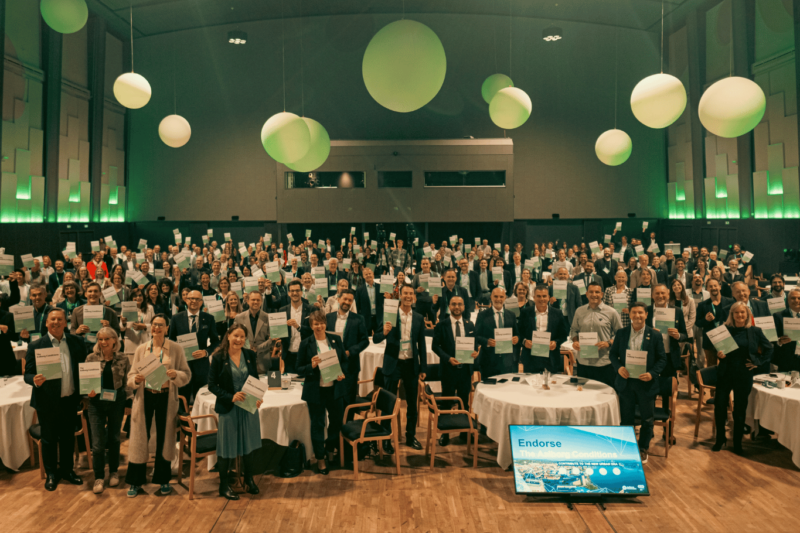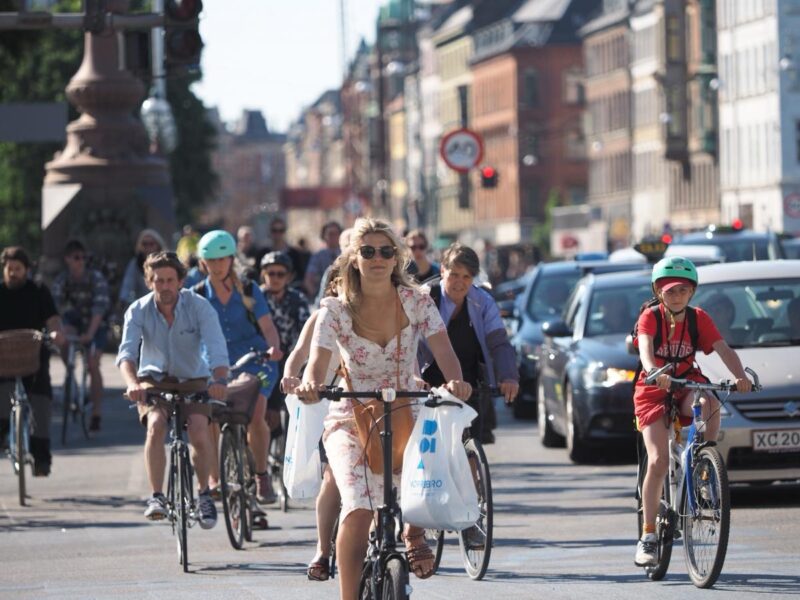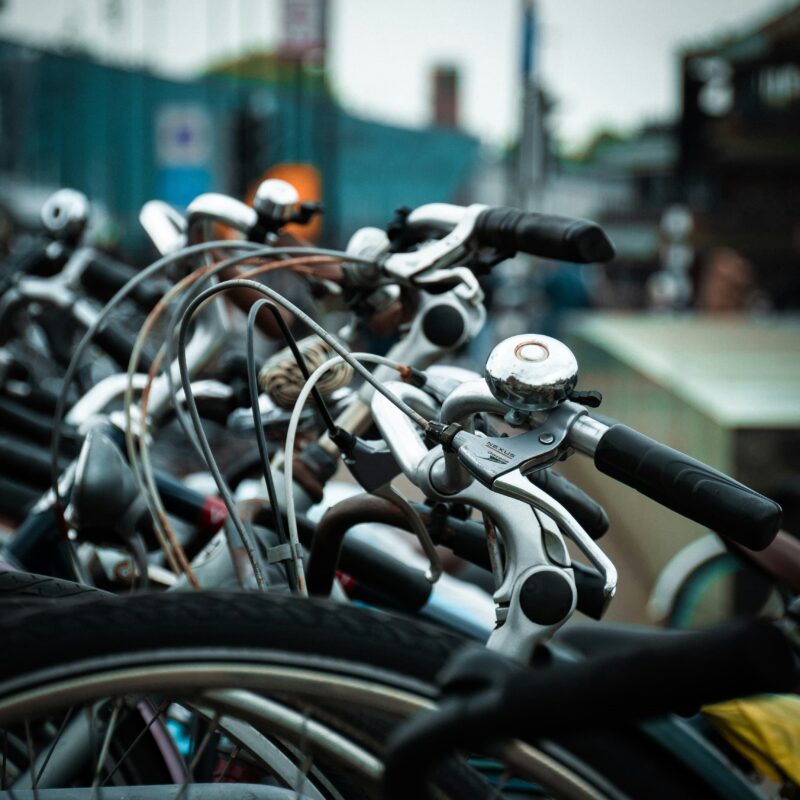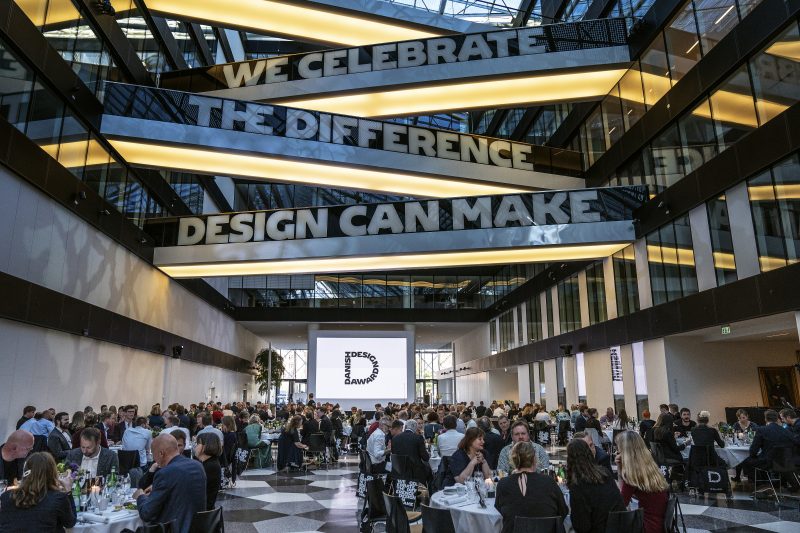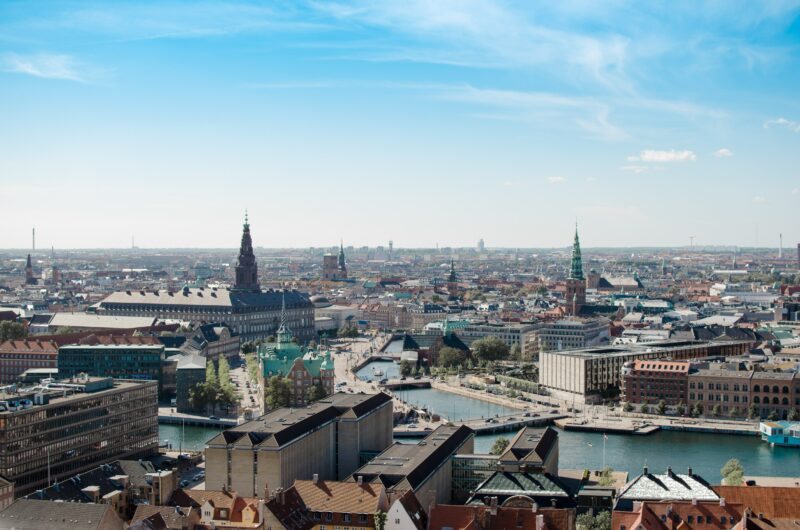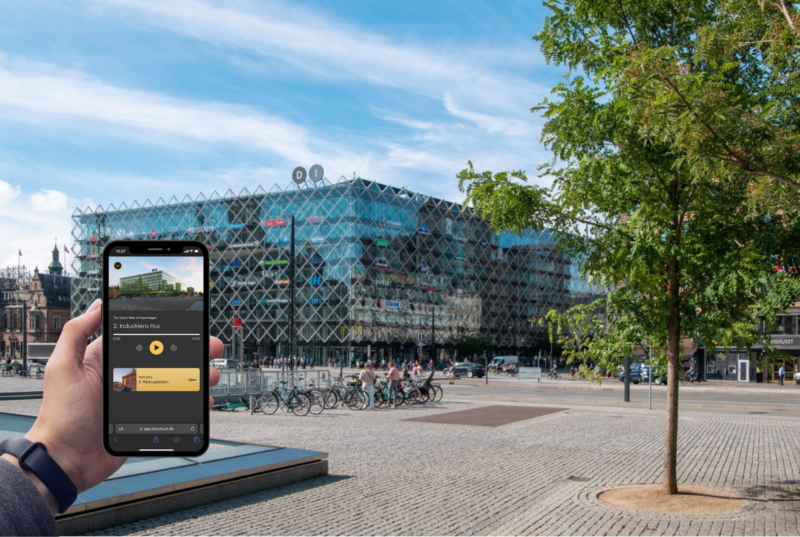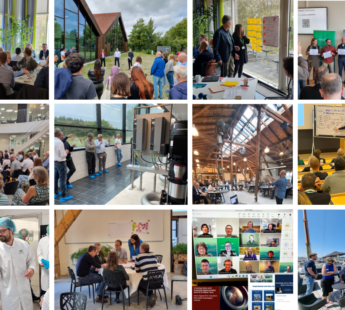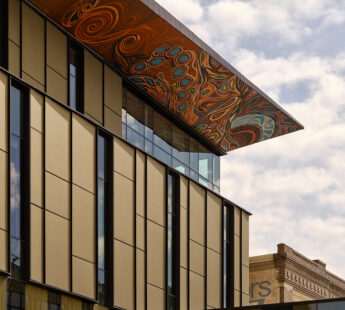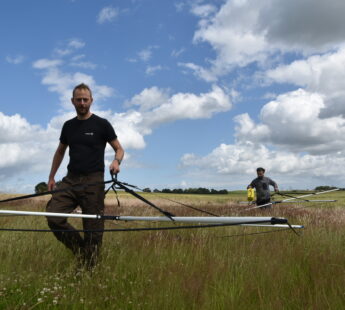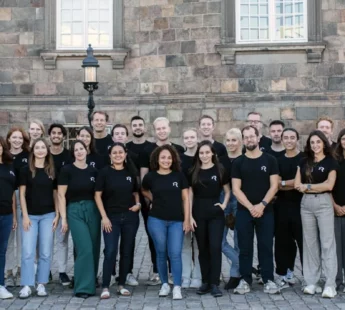News
Urban infrastructure planning
Urban mobility
10 Examples of Green Mobility in Cities


1) Green Mobility Goals for Copenhagen
- 75% of journeys in Copenhagen are done on foot, by bike or by public transport
- 50% of all journeys to work or education in Copenhagen are done by bike
- 20% more passengers using public transport compared to 2009
- Public transport is carbon neutral
- 20-30% of all light vehicles use new fuels
- 30-40% of all heavy vehicles use new fuels
2) Rain Makes the Light Go Green in Odense, Denmark
As the first city in Northern Europe, Odense has implemented a brand new rain sensor in a traffic light along their Super Bike Highway which enables the intersection to measure when it is raining. As a result cyclists will experience up to 20 second longer periods of green light, meaning less time standing still at a red light, soaking up what the heavens throw at you those not so sunny days. The rain sensor interacts with two motion detectors also mounted on the traffic light, allowing the system to register when bikes are within 70 meters of the intersection and automatically maintain longer periods of green light for cyclists approaching the junction.
A box mounted to the traffic light informs cyclists of the system, and will light up when the system kicks in. Naturally, cars traversing the Super Bike Highway will experience a correspondingly longer red light, but then again they aren’t the ones getting soaked, so they properly shouldn’t complain too much. The idea behind the system is to make it easier to choose the bike, and the rain sensor is a smart technological gadget making every day commuting slightly better for cyclists. (Cycling Embassy of Denmark)
3) Køge Nord Station
Køge North Station will be a characteristic landmark for green mobility in the capital region of Copenhagen. The station will function as a hot spot for the entire Copenhagen region and a transport hub for people travelling by car, bus, train, and bicycle. A simple design, minimal use of resources and materials, and minimal maintenance costs have been key points in the development of the design. The main element is a 225 meter long pedestrian bridge combining Denmark’s most trafficked freeway with the existing local Copenhagen train line and the planned double-tracked rail line for high-speed trains, as well as an associated park and ride facility.
The new train line will contribute significantly to meeting the transport requirements of the future by significantly improving the timetable with more frequent departures and by reducing the travel time to and from Copenhagen considerably. The bridge will be a new gateway to Copenhagen for the 90.000 people passing through the area daily, and a significant step on the commute for the expected 8.000 daily users of Køge North Station. (COBE & DISSING+WEITLING)
4) The Cycle Superhighways
The Cycle Superhighways is an inter-municipal cooperation aimed at creating a strong net of bike paths across the Capital Region of Denmark. The goal is to provide better conditions for bike commuters and encourage people to choose to commute by bike through new and innovative solutions. The Cycle Superhighways could potentially increase the number of bike commuters in the capital region by more than 30% compared to today, making the project a key factor in the overall development of sustainable mobility. We have already experienced a 52% increase in the number of bike commuters on the Farum route since the opening back in 2012. Behind the project is a unique, inter-municipal partnership between the Capital Region of Denmark and 23 municipalities within the region. A secretariat facilitates the coordination between the municipalities.
With a realisation of the 28 Cycle Superhighways there is a potential to reduce the number of sick days by 34,000 annually, and reduce car rides during rush hour by 1.4 million. The Cycle Superhighways have a socio-economic return of 19% – far above the Ministry of Finance’s requirement of a return of 5% for investments in projects on infrastructure. In comparison, the Danish Metro City Circle Line has a return of 3.1%. At full potential, the socio-economic surplus of the Cycle Superhighways is estimated to be EUR 978 million over a 50 year time plan from 2012. (Secretariat for Cycle Superhighways)
5) Intelligent Signals Reduce Travel Time for Cyclists
Copenhagen is going to the be the first large city in Scandinavia to install intelligent traffic lights at all intersections. The old lights and system are 35 years old so it is high time to modernise. The City of Copenhagen has invested in 380 new, intelligent traffic signals. It is estimated that bus passengers will save between 5 and 20% on their travel time. Cyclists can look forward to a 10% improvement in theirs.
The traffic signals will be online and allow for better green waves and a general improvement in controlling the traffic in Copenhagen. The signals are a part of a DKK 47 million (€6.2 million) package aimed at making Copenhagen’s traffic system more digital and intelligent. All the main arteries leading to the city centre have green waves for bicycles – ride 20 km/h and you don’t have to put your foot down the whole ride to the city center and home again in the afternoon. There have already been pilot projects to improve this technology, with sensors “reading” how many cyclists are approaching an intersection. If five or more are bunched together, the light will stay green to allow them to roll through. (Copenhagenize)
6) Bringing the Bike along for the Train Commute
The Danish State Railways (DSB) offer commuters the possibility to bring bikes on the trains in Copenhagen. By redesigning the carriages with a one-way system for easy entry and exit with bikes, DSB have created a very popular mode of daily commuting. Making room for bikes did not take place at the expense of the other passengers, as the red Copenhagen trains transported a record 114 million customers and has not affected the timeliness, which was 99 percent in 2015. One of the reasons for this is that the trains have been designed to accommodate the bikes and that the customers have become used to making room for the bikes and showing consideration.
The flexibility in being able to bring your bike with you when taking the train enables commuters to avoid using the car when travelling over longer distances, causing less congestion in the city and easier and faster transit for the travellers. (DSB)
7) Intelligent Bus Priority in Valby
Bus Rapid Transit (BRT) has shown to be an efficient and cost-effective mode of public transport, and has gained popularity in many cities around the world . The city of Copenhagen has been working for many years to get the buses through the streets faster and more promptly for the benefit of the many millions of passengers. There are already many initiatives in the city to ensure that buses reach their destinations more easily – eg, uniquely dedicated bus lanes which get green lights before the other traffic.
In Valby, 10 traffic signals can now spot buses in the streets and ensure that they get over the lights while they are green. This is done by using 66 cameras that anonymously detect all motor vehicles, plus a GPS system in the buses. The first results have shown that individual bus lines are saving up to two minutes during rush hour over the relatively short distance. Motorists and cyclists are expected to decrease their travel time by 20% in the area. (City of Copenhagen)
8) Electric Vehicles Sell Power to the Grid
Think of a future with millions of batteries charging up with power FROM the grid – and later supplying power TO the grid when the electricity system needs it. This project is a collaboration between automotive manufacturer Nissan, energy company Enel, and California-based company Nuvve. Danish utility company Frederiksberg Forsyning has installed ten Enel V2G units and purchased 10 zero emission, 100 percent electric Nissan e-NV200 vans that will join the company’s fleet.
When the e-NV200s are not in use, they can be plugged in to the new Enel V2G units on site and can receive energy from and provide energy back to the national grid on demand, effectively turning the vans into mobile energy solutions. The total capacity made available by the ten kilowatts Enel V2G chargers amounts to approximately 100 kilowatts. (Frederiksberg Forsyning)
9) Fully Electrified Car Sharing
DriveNow is the first fully electric free floating car sharing scheme in the world, to be integrated with public transportation in Copenhagen. This is indeed also a test platform to measure how electric cars can affect the patterns and behaviour of the passengers last mile, from bus stop to their door steps.
The system conducts information about the usage and utilisation of the cars, compared with public transportation and where people live and work. Details about weather, events and the “rhythm” of the city is compiled into data, which are used to identify hotspots and positioning of the infrastructure needed for charging. All in all to make a public infrastructure suitable for use for both the car sharing scheme and the daily use of private owned electric cars. The electric car assists as a modern platform, by integrating to an online travel planner and providing the possibility of using the nationwide travel card as key for entering the system. (Arriva Danmark & DriveNow)
10) Accelerating the Public Transport Industry
In an attempt to ensure environmental sustainability and the green transition in the public transport industry, Movia has facilitated test with new technology and green solutions for busses for many years. There is a need for public transport authorities to take an active role by facilitating technical tests in order to support the maturing of the industry and to help uncovering risks and costs. The knowledge gained through tests is shared with the private operators, enabling them to offer environmentally sound solutions at a more reasonable price than otherwise possible.
In the past five years, Movia has commenced tests with hybrid busses, gas busses, lightweight busses, midi-busses, eco-driving, different forms of biofuel for example 100% synthetic biodiesel based on slaughterhouse waste, and both 7 and 12 meter nightly charged electric busses. In 2016, Movia conducted tests with 12- meter electric busses charged in the urban area. Overall, these technologies reduce harmful pollutants such as CO2, NOx, particles and noise among others. And tests make a difference. Many of the tested technologies are in operation today, e.g. numerous lightweight busses, eco-driving and busses using CO2-free slaughterhouse waste. The many tests and trials enable a faster transition from fossil to renewable fuel to the benefit of passengers, citizens living along the routes and the environment as such. (Movia)
You should consider reading
Perspective
Energy efficiency in buildings
+16
Denmarks journey to decarbonise its buildings through energy efficiency
23 June 2023News
Energy efficiency in buildings
+21
